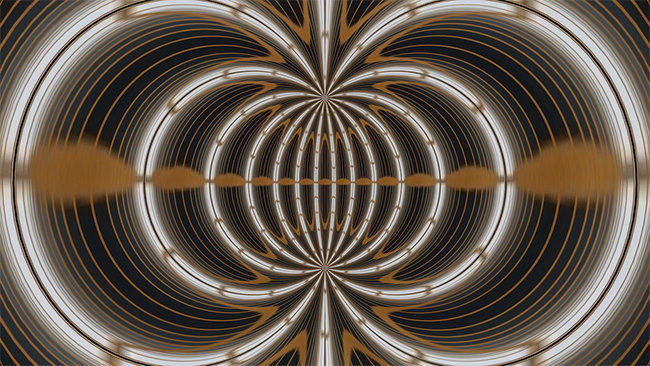Matthew Swarts is an artist who challenges the conventional boundaries of photography through his unique integration of digital technology. Living and working in Somerville, Massachusetts, Swarts’s approach to art is a blend of philosophical inquiry and technical innovation.

Swarts’s background is rooted in a deep academic understanding of ethics and the philosophy of value, which he studied at Princeton University. He later honed his technical skills by earning an MFA in Photography and Digital Imaging from the Massachusetts College of Art and Design. This combination of philosophical and artistic education shapes his work, leading him to question the traditional roles and perceptions of photography.
“I use computers to question some of the things I make with cameras,” Swarts explains. His work is not just about capturing reality but exploring the nature of truth and representation in photography. Swarts believes in photography’s power to touch on truth, but he is skeptical about its supposed indexical relationship to what is considered real. This skepticism drives him to explore the boundaries between the real and the manipulated, creating images that provoke thought and challenge viewers’ perceptions.
Swarts’s work has been featured in numerous prestigious publications, including The New York Times Magazine, WIRED, DEAR DAVE, SLATE, GUP Magazine, FLAK Photo, Conscientious Photography Magazine, Doubletake Magazine, Contact Sheet, Afterimage, Fotophile, and In the Loupe.
In addition to his artistic practice, Swarts has made contributions to education. He has served on the faculty at several institutions, including Amherst College, Bowdoin College, Ramapo College, The University of Connecticut, The University of Massachusetts Boston, Middlesex College, and The Community College of Rhode Island. His teaching philosophy mirrors his artistic approach, encouraging students to question norms and explore new possibilities in their creative work.
Swarts’s achievements in the field of photography have been recognized with several awards, including the J. William Fulbright Scholar Grant and the Ruttenberg Arts Foundation Award for the best new work in photographic portraiture. These accolades highlight his contributions to the field and his ongoing influence on contemporary photography.
His exhibitions have spanned various locations, allowing a diverse audience to engage with his thought-provoking work. Through his exhibitions, Swarts invites viewers to reconsider their assumptions about reality and representation, making them active participants in the dialogue his work generates.
A crucial aspect of Swarts’s work is his use of digital tools to manipulate photographic images. By combining traditional photography with digital techniques, he creates images that blur the line between reality and artifice. This process involves questioning the inherent truths that photographs are often assumed to hold, offering instead a more nuanced understanding of visual representation.
Swarts’s approach to photography is reflective of a broader trend in contemporary art where digital technology and traditional media intersect. His work is a testament to the evolving nature of photography and the endless possibilities that digital tools bring to the art form. By pushing these boundaries, Swarts not only creates visually compelling images but also engages viewers in a deeper contemplation of what photography can and should represent.
Living and working in Somerville, Massachusetts, Swarts continues to explore new avenues in his art, constantly seeking to challenge and expand the understanding of photography. His work is a reminder that art is not static but an evolving dialogue that reflects and questions the complexities of our world.
Matthew Swarts’s journey as an artist is marked by a relentless curiosity and a willingness to challenge the status quo. His work invites us to look beyond the surface and consider the deeper implications of how we perceive and interpret images.

